Author: Michelin
Featuring high-end, pure electric, and SUV, these three short words can be said to summarize the most fiercely competitive segment in the current new energy vehicle market. The Tesla Model Y, NIO ES6 and EC6, and even the larger Ideal ONE are all concentrating on this segment.
At the Guangzhou Auto Show on November 19th, XPeng presented another “bomb” in this highly competitive field, the intelligent flagship SUV XPeng G9.
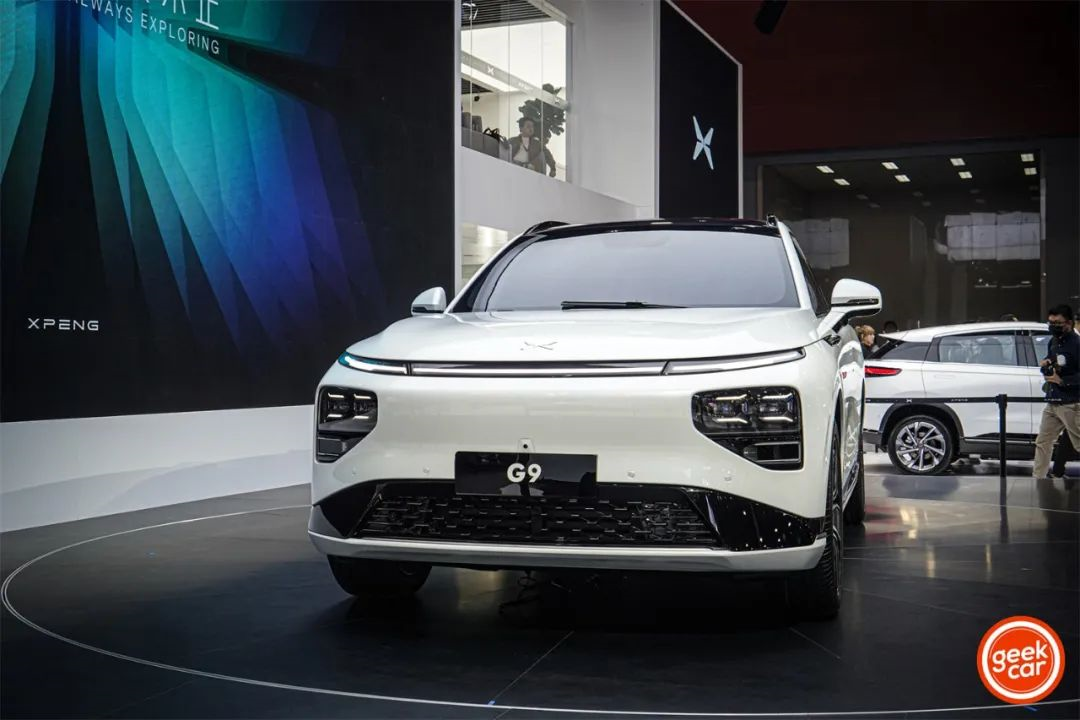
The day before, XPeng had just updated its brand logo, and the G9 became the first model launched after XPeng’s logo replacement.
With the new logo, the new car uses the XPeng family’s X Robot Face front face design, with through-type split headlights and tail lights that run through the car, giving it a striking resemblance to the P7.
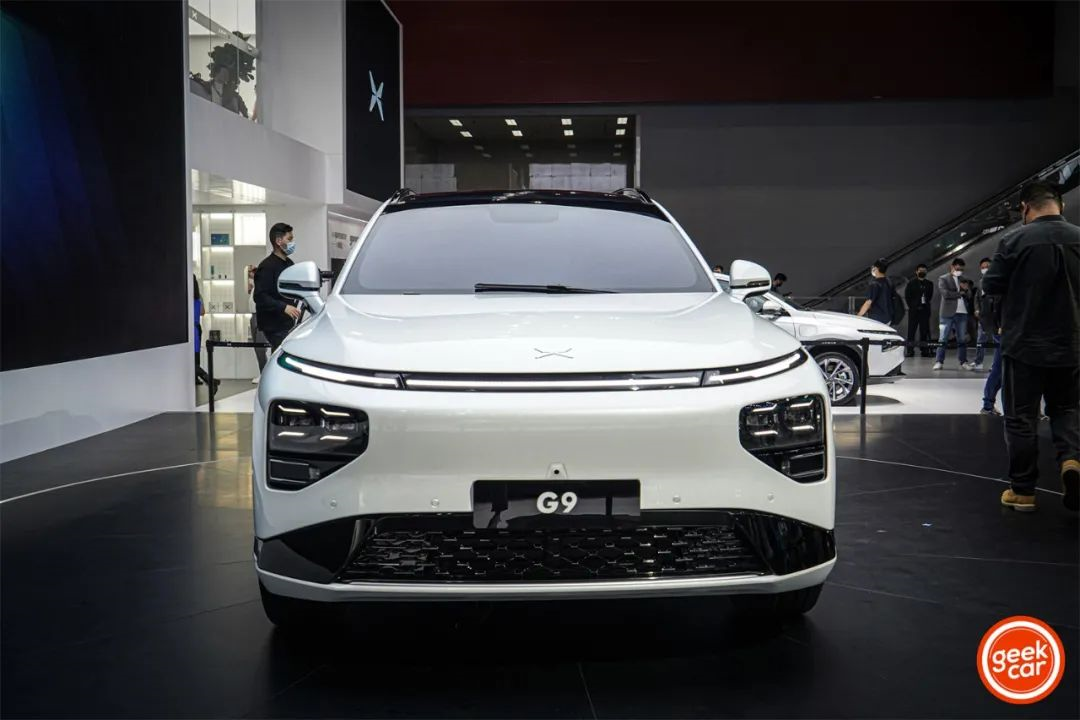
However, relying solely on the new logo is not enough to make a name for itself in this “king of the jungle” segment. This time, XPeng has brought two aces: the first is the domestically launched 800V high-voltage silicon carbide (SiC) platform, and the second is the higher-level intelligent solution.
800V + SiC, 5-minute charge for 200 km driving
One of the highlights of the XPeng G9 is the XPOWER 3.0 power system, with a maximum battery capacity of 100 kWh and equipped with an 800V high-voltage SiC platform.
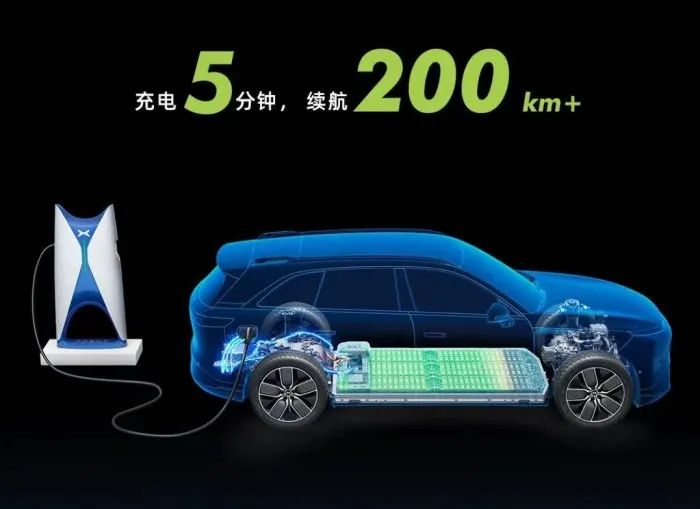
The most intuitive experience of the 800V high-voltage platform is faster fast-charging speed.## The First Commercial Vehicle Based on 800V SiC Platform in China
The Porsche Taycan, which was the first vehicle in the industry to be equipped with an 800V high-voltage platform, still used IGBT modules, with peak power reaching 350kW during fast charging. The G9, which adopts SiC to replace IGBT modules that have higher withstand voltage and conversion efficiency, not only has greater fast charging power, but also improves system efficiency and single-motor power.
According to the data provided by XPeng, the maximum efficiency of the system can reach 95%, the comprehensive efficiency is 89%, and the driving range is improved by 5% compared to the 400V platform; it can be charged for 5 minutes during fast charging and travel more than 200 kilometers.
Of course, to achieve this level of fast charging, it is not enough for the vehicle to simply accept it. Instead, it tests the level of basic infrastructure such as the charging network. After all, with the 800V high-voltage SiC platform alone in a 400V charging network, it can only sigh in vain. As GeekCar’s office colleagues said, the completeness of the high-voltage and high-power charging network directly affects the sales of this product.
In response to this, XPeng’s solution is to install the first batch of 480kW high-voltage and high-power charging stations in China, so that the high-voltage platform can be fully utilized. The rest may be a race between the G9 and the coverage speed of the high-voltage and high-power charging stations.
On the official website of the XPeng G9, you can see the following statement:
The first mass-produced vehicle based on the 800V high-voltage SiC platform in China.
The 800V high-voltage SiC platform can be said to be a common goal currently pursued by the industry.
Just last month, Leading Ideal announced that it would equip its own products with the 800V high-voltage SiC platform; NIO’s second-generation electric drive system will also adopt SiC; and Porsche, which first used the 800V high-voltage platform, will also use SiC on the PPE platform next year.
Therefore, if XPeng wants to hold onto the title of “first mass-produced vehicle”, it still depends on when the G9 will be launched and delivered.
Smart Solution-killer
The XPeng G9 adopts the new X-EEA 3.0 electronic and electrical architecture, which is no longer divided by domain control, but uses a highly integrated hardware architecture of central supercomputing and regional control.
This electronic and electrical architecture not only allows for higher-performance chips, supports higher-level intelligent advanced driving assistance systems, and more powerful intelligent cabins but also can better meet the implementation of certain cross-domain functions.
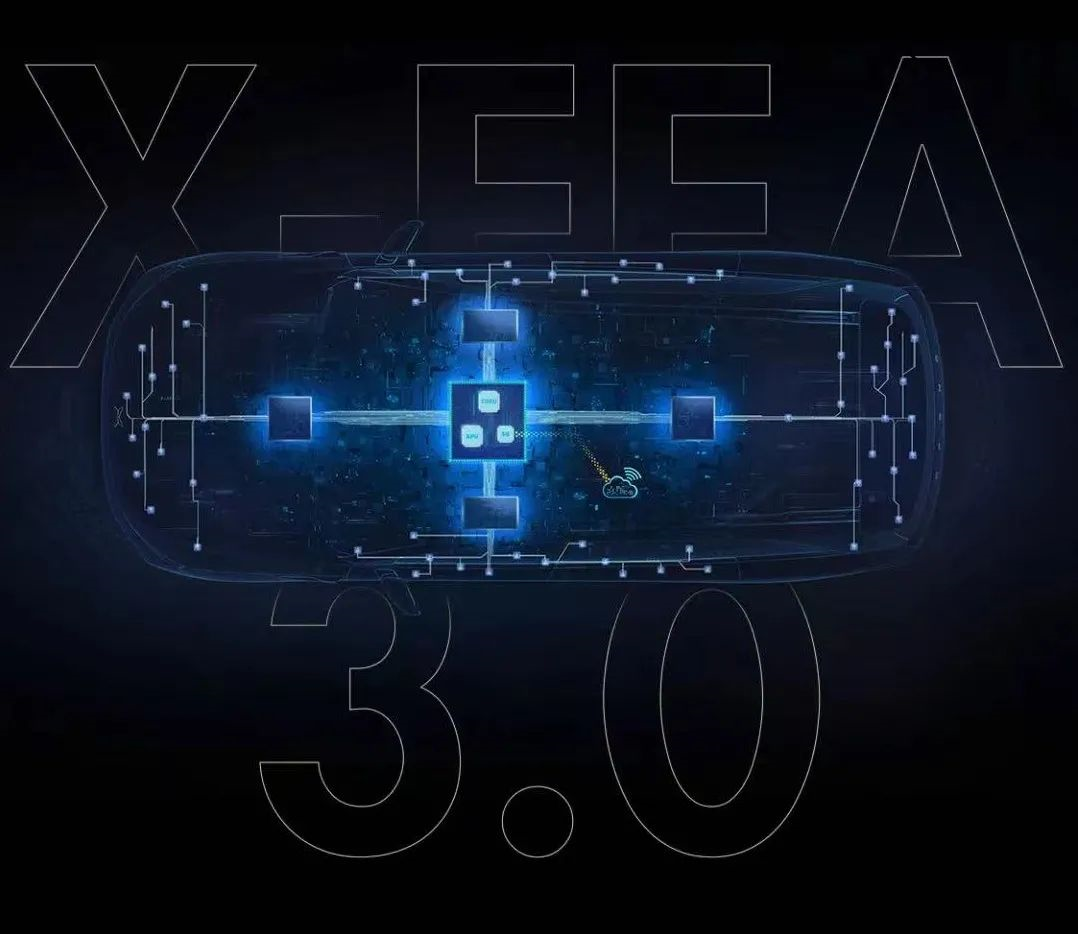
In fact, XPeng also equipped the G9 intelligent advanced driving assistance system with more powerful sensor hardware, adopting a perception solution that fuses dual lidars and visual perception.
Two lidars are mounted under the front headlights, with a similar position and shape as the P5, but the P5’s lidar comes from Livox under DJI, while the G9 chooses the higher-performance Suteng Juchuang MEMS lidar M1.
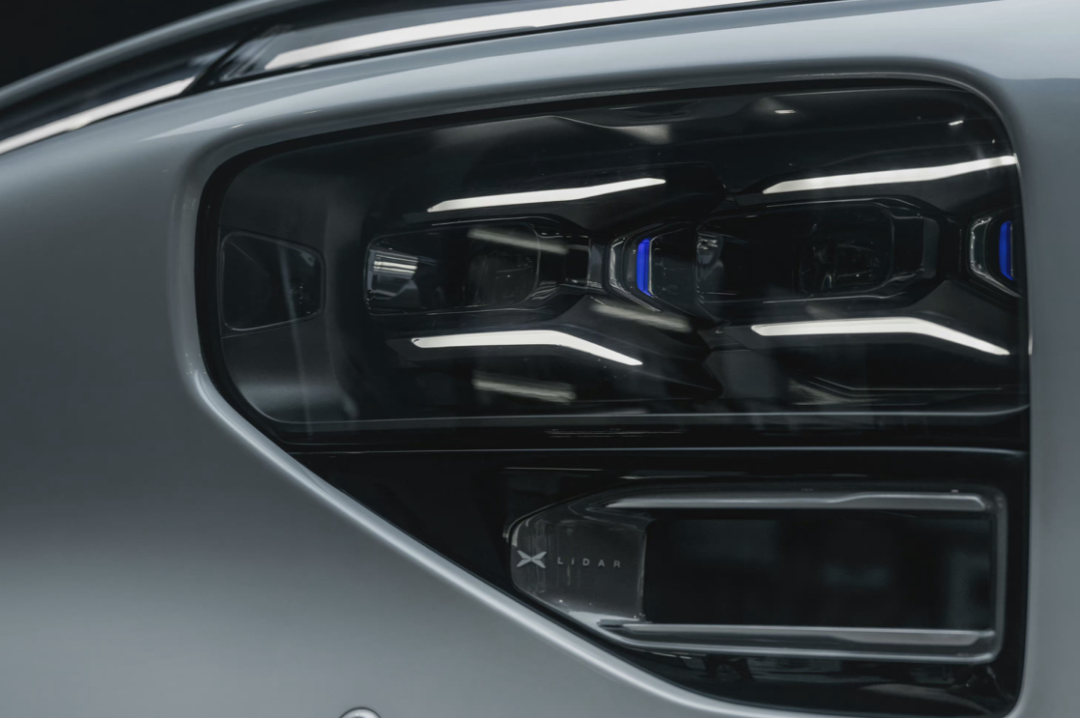
Previously, XPeng mentioned the next-generation XPILOT 4.0 intelligent advanced driving assistance system during the release of the NGP urban-level navigation assistant driving system, which XPeng referred to as a full-scenario intelligent advanced driving assistance system.
The XPeng G9 will be the first mass-produced car to support this XPILOT 4.0 intelligent advanced driving assistance system. As for the specific performance of XPILOT 4.0, XPeng did not reveal more information during the release event.
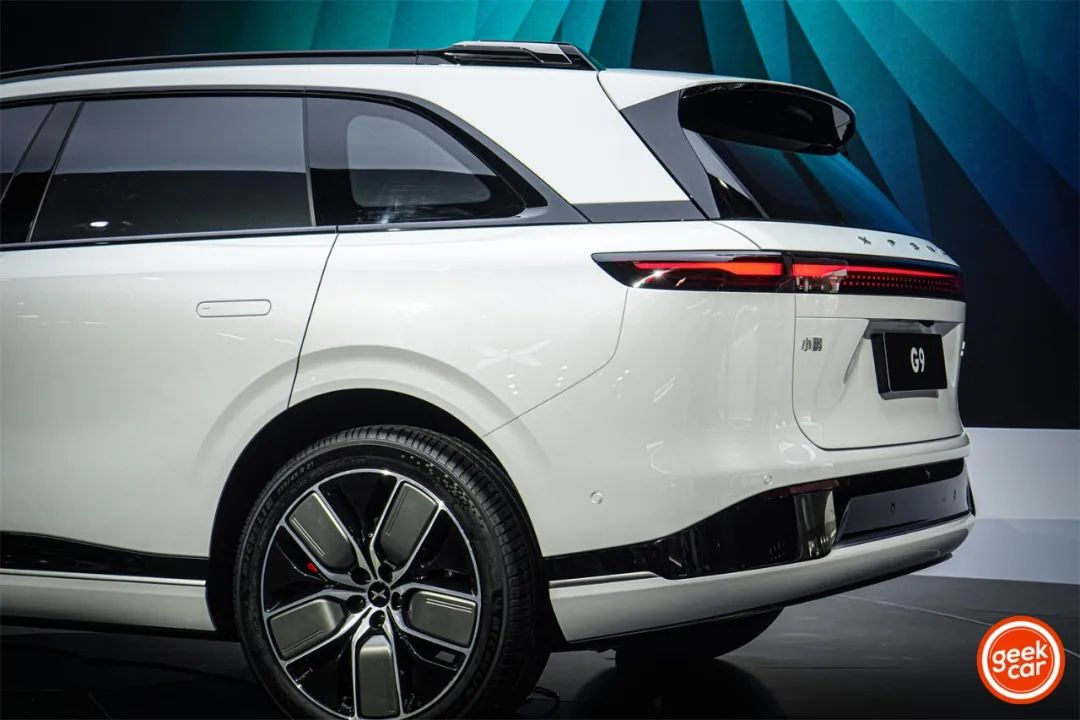
As for the interior and intelligent cabin, unfortunately there was no display in this release.
However, the G9 defines the system software platform, basic software platform, and intelligent application platform in a layered manner, enabling intelligent functions to be quickly developed and iterated. The entire vehicle OTA speed is kept within half an hour, which is 3/4 shorter than the current industry OTA time for whole vehicles, which is almost two hours.
However, how this intelligent solution will eventually perform will have to wait until the G9 is finally released.
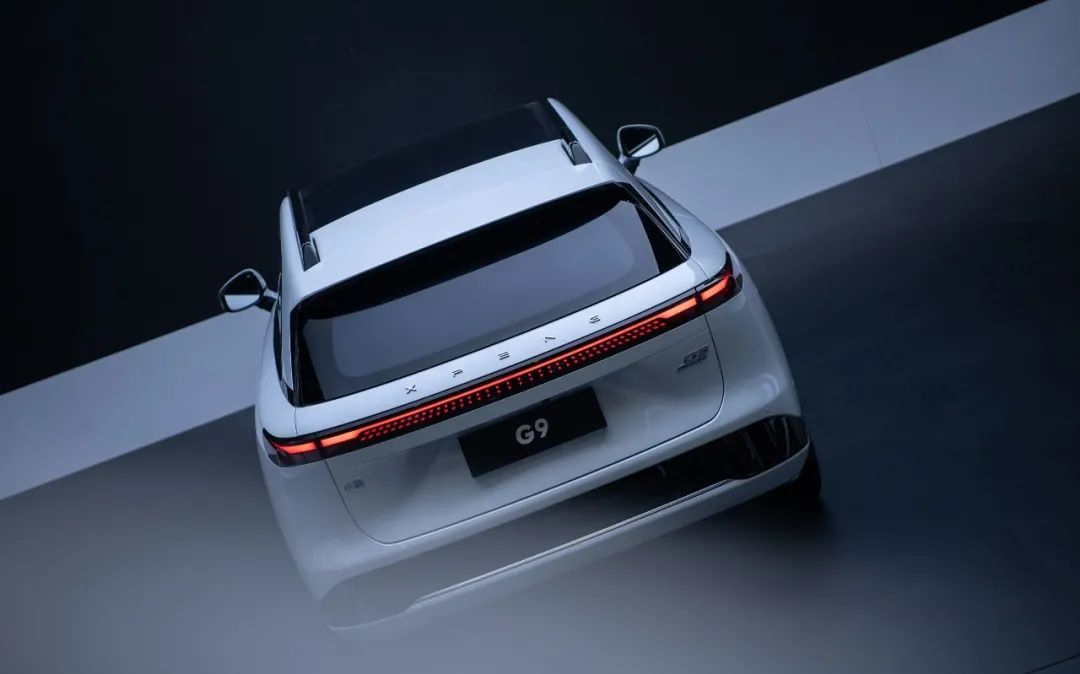
Finally
Going back to the beginning, pure electric, medium to large size, SUV, and 30W+ can be said to represent the interval with the largest market potential and the most intense competition under the balance of top-notch intelligent electric vehicle costs and user needs, and it is also the missing piece in XPeng’s product line until now: the P7 and P5 are medium and compact pure electric sedans, while the G3 is a compact pure electric SUV, and the missing piece is such a medium to large SUV like the G9.## As the scale of the electric vehicle market expands and market penetration increases, up-and-coming carmakers must try to “go all out” and launch products with different positioning to cover the market.
The launch of the G9 helped XPeng Motors fill its product line, and based on the information currently available, the G9’s configuration is also the highest among several current products.
As the flagship SUV, the G9 embodies He XPeng’s goal of “upgrading the brand”, but also faces fierce competition from the likes of Tesla, NIO, Li Auto, as well as challenges from traditional brand pure electric vehicles such as the Cadillac LYRIQ and the Audi e-tron, which will be launched next year.
As for whether XPeng G9 is coming late in this “rolling king battle”, what do you think?
This article is a translation by ChatGPT of a Chinese report from 42HOW. If you have any questions about it, please email bd@42how.com.